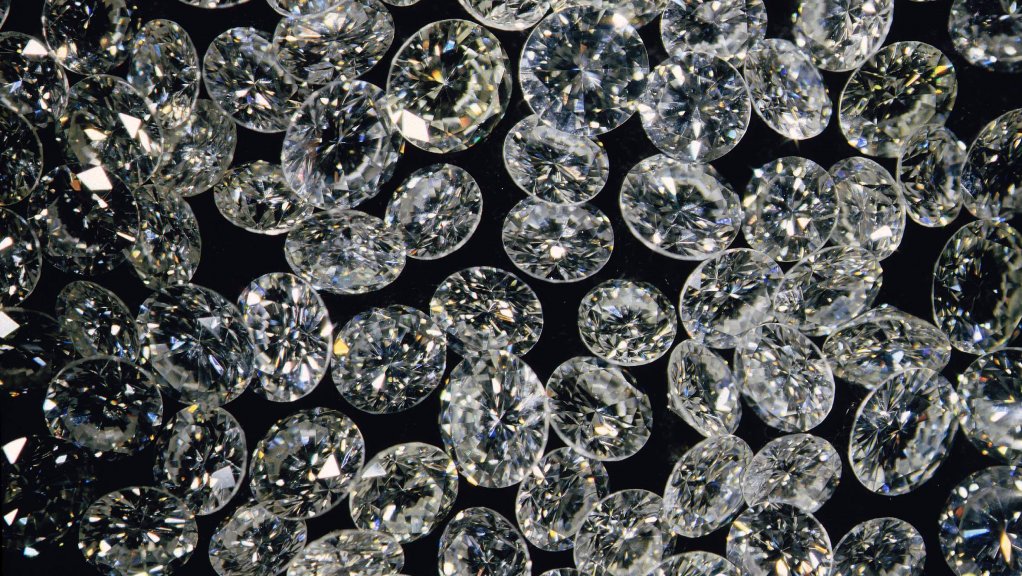Preparing to purchase a diamond and feeling a little overwhelmed by your choices as well as the vocabulary of general diamond knowledge? That’s alright! Luckily, the 4 C’s of Diamonds exists to provide clarity (no pun intended) and knowledge in this field. Today we’ll walk you through the 4 C’s, their attributes, and everything else you’ll need to know. When you’re ready to make the purchase, you’ll feel confident about the diamond you choose, recognizing what makes it beautiful and unique.
Colour
A colour scale will be the determining factor in establishing what level of colour your diamond is. The closer a diamond is to colourless, the fewer imperfections it has and the more expensive it will be. The following scale represents the various colours of diamonds.
D-F: Colourless
Diamonds that are considered colourless are free of all yellow or brown tints that you’ll find as you go along the colour scale. When a diamond is colourless it is an indication that its light absorption, sparkle and performance are of the highest quality. Thus, making it a rare diamond.
F-J: Near Colourless
Near colourless diamonds have very little difference from colourless and still appear to look quite colourless in their entirety. These minor traces of colour would be unidentifiable to the untrained eye. Thus, maintaining a stunning overall appearance.
K-M: Faint Coloured
Faint coloured diamonds, also known as K coloured diamonds contain traces of chemical impurities and yellowish tints. This colour segment is great for those who are seeking a more budget-friendly option and are interested in pairing it with a complementary yellow gold setting.
N-R: Very Light
Diamonds that fall into this category contain visible tints of yellow and brown. You’ll find them at a significantly lower price than a faint diamond.
S-Z: Light
Similar to the very light segment, these diamonds contain even more yellowish tints of brown and yellow, setting them as the lowest grade diamond.
Clarity
There are 11 clarity grades in total. These grades range from flawless, which has no inclusions or blemishes visible to I3, which has a number of blemishes and inclusions. But wait, what’s an inclusion?
Inclusions are defined as little imperfections within a diamond. These inclusions have formed as a result of the extreme pressure and heat that the diamond experienced. If a diamond has a significant amount of inclusions, it results in a lower clarity grade. Thankfully, most inclusions are undetectable to the naked eye.
Cut
The cut quality of a diamond is directly related to the proportions of the diamond’s dimensions. Dimensions such a diameter, depth, etc. affect the overall brilliance and shine of the diamond.
The cut scale is comprised of 5 grades, ranging from excellent to poor. An excellent diamond has the most amount of light reflected from the diamond, making it the most brilliant cut option. Our trained employees will walk you through various cuts available and provide you with information regarding each diamond’s cut grade.
Carat Weight
The size of the diamond is referred to as the carat weight. For a general reference, one carat is equal to 200mg. Diamonds come in a variety of sizes. Typically, you’ll find that they are measured by critical weight. Critical weight sizes include: 0.30ct, 0.40ct, 0.50ct, 0.70ct, 0.90ct 1.00ct, 1.50ct, 2.00ct, 3.00ct, 4.00ct, 5.00ct and 10.00ct. Weight plays an important role as carat weights that are the same size can differ in overall price depending on their clarity, colour, and cut.
Choosing Your 4 C’s
When all of these C’s are combined and considered, you’ll be prepared to choose a beautiful and unique diamond that will perfectly speak to you or your loved one individual uniqueness.
At Executive Diamonds, we understand that it’s common to have many questions regarding the 4 C’s and all things diamonds and that’s why we’re here to help. For any questions or inquiries regarding our diamonds, contact us today and get ready to sparkle and shine!






